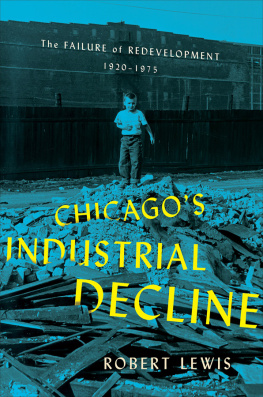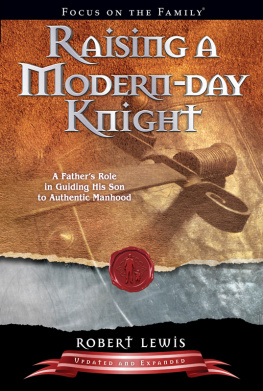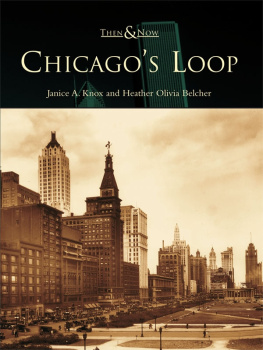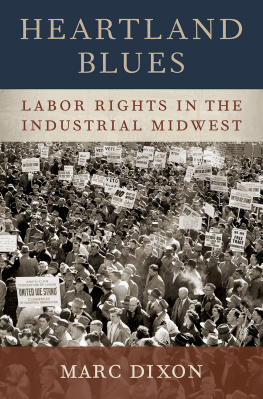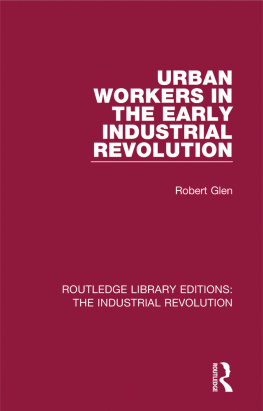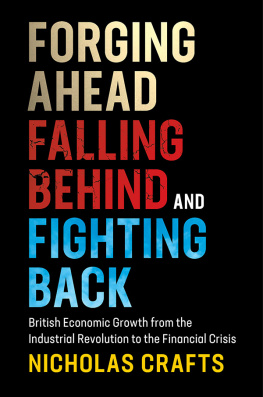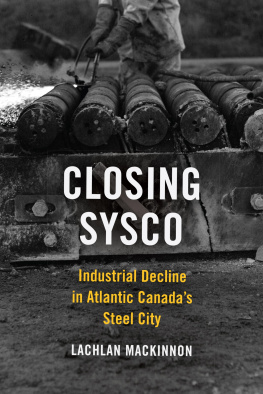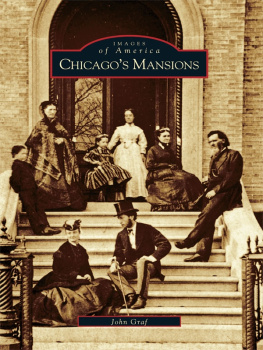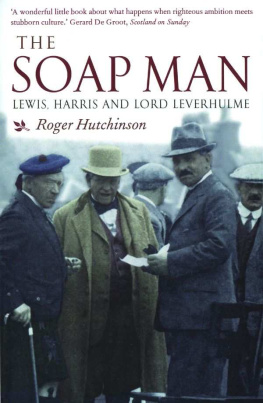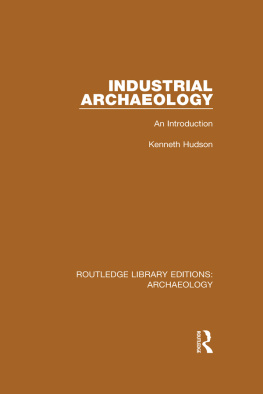Robert Lewis - Chicagos Industrial Decline: The Failure of Redevelopment, 1920–1975
Here you can read online Robert Lewis - Chicagos Industrial Decline: The Failure of Redevelopment, 1920–1975 full text of the book (entire story) in english for free. Download pdf and epub, get meaning, cover and reviews about this ebook. year: 2020, publisher: Cornell University Press, genre: Politics. Description of the work, (preface) as well as reviews are available. Best literature library LitArk.com created for fans of good reading and offers a wide selection of genres:
Romance novel
Science fiction
Adventure
Detective
Science
History
Home and family
Prose
Art
Politics
Computer
Non-fiction
Religion
Business
Children
Humor
Choose a favorite category and find really read worthwhile books. Enjoy immersion in the world of imagination, feel the emotions of the characters or learn something new for yourself, make an fascinating discovery.
- Book:Chicagos Industrial Decline: The Failure of Redevelopment, 1920–1975
- Author:
- Publisher:Cornell University Press
- Genre:
- Year:2020
- Rating:3 / 5
- Favourites:Add to favourites
- Your mark:
Chicagos Industrial Decline: The Failure of Redevelopment, 1920–1975: summary, description and annotation
We offer to read an annotation, description, summary or preface (depends on what the author of the book "Chicagos Industrial Decline: The Failure of Redevelopment, 1920–1975" wrote himself). If you haven't found the necessary information about the book — write in the comments, we will try to find it.
In Chicagos Industrial Decline Robert Lewis charts the citys decline since the 1920s and describes the early development of Chicagos famed (and reviled) growth machine. Beginning in the 1940s and led by local politicians, downtown business interest, financial institutions, and real estate groups, place-dependent organizations in Chicago implemented several industrial renewal initiatives with the dual purpose of stopping factory closings and attracting new firms in order to turn blighted property into modern industrial sites. At the same time, a more powerful coalition sought to adapt the urban fabric to appeal to middle-class consumption and residential living. As Lewis shows, the two aims were never well integrated, and the result was on-going disinvestment and the inexorable decline of Chicagos industrial space.
By the 1950s, Lewis argues, it was evident that the early incarnation of the growth machine had failed to maintain Chicagos economic center in industry. Although larger economic and social forcesspecifically, competition for business and for residential development from the suburbs in the Chicagoland region and across the whole United Statesplayed a role in the citys industrial decline, Lewis stresses the deep incoherence of post-WWII economic policy and urban planning that hoped to square the circle by supporting both heavy industry and middle- to upper-class amenities in downtown Chicago.
Robert Lewis: author's other books
Who wrote Chicagos Industrial Decline: The Failure of Redevelopment, 1920–1975? Find out the surname, the name of the author of the book and a list of all author's works by series.

